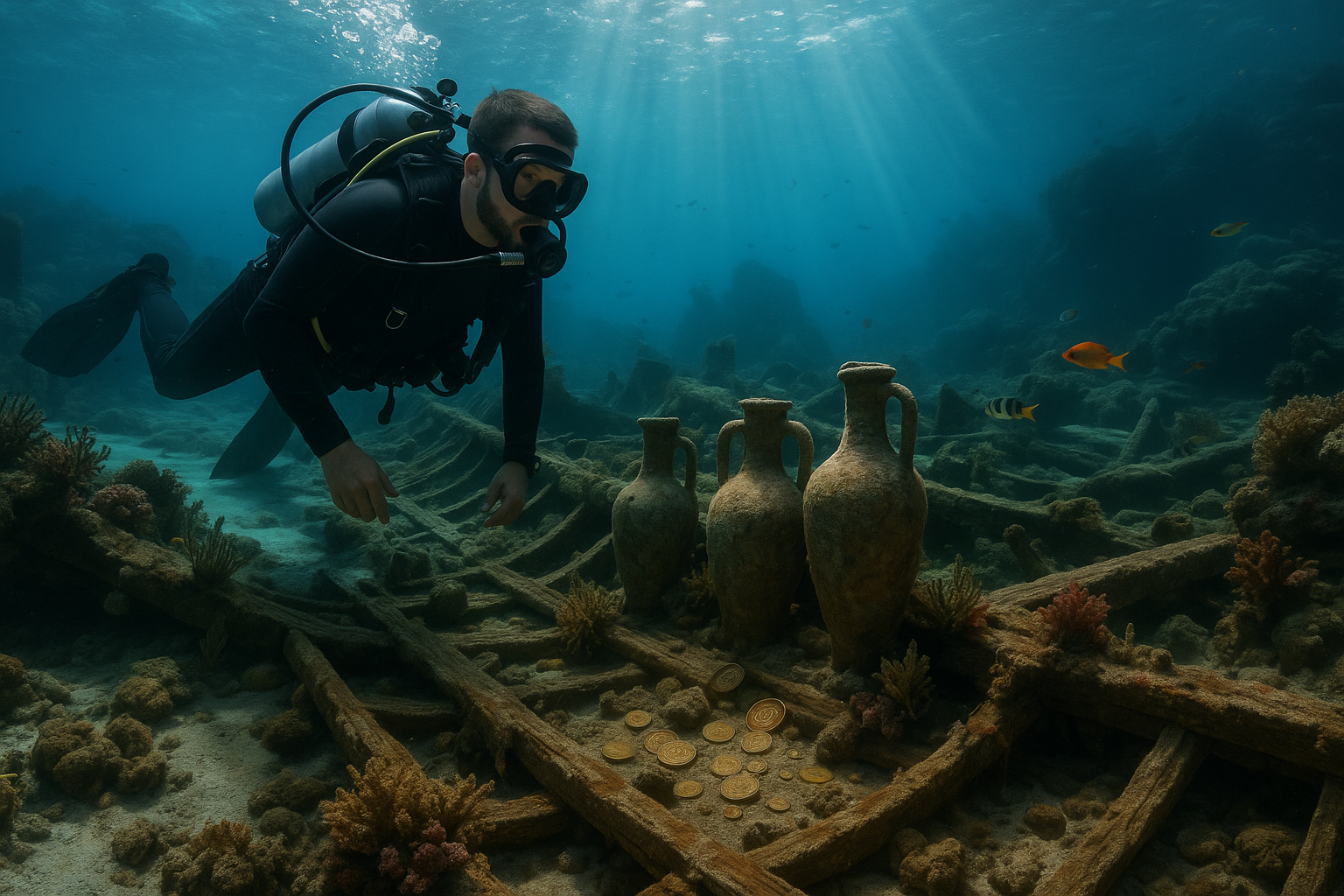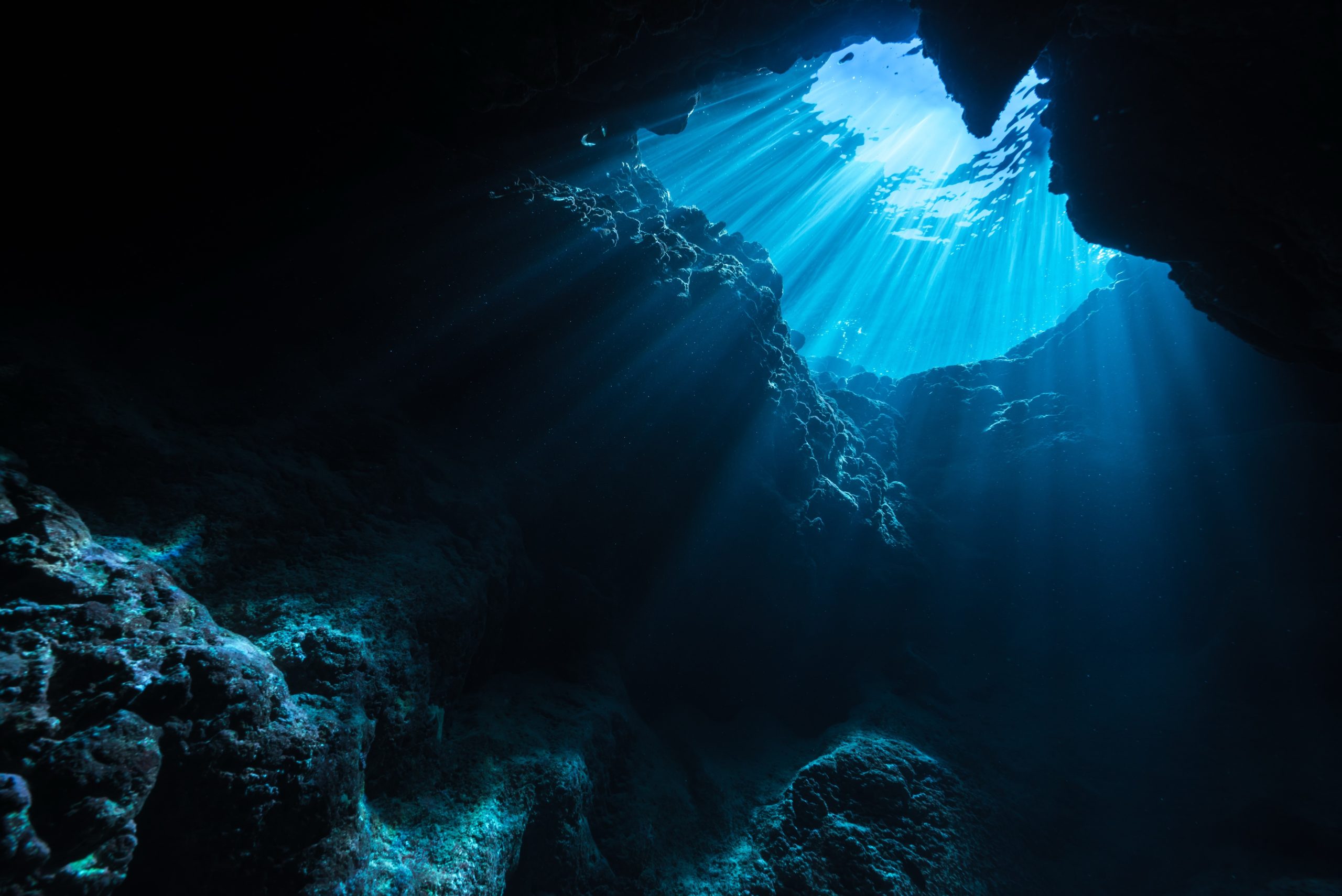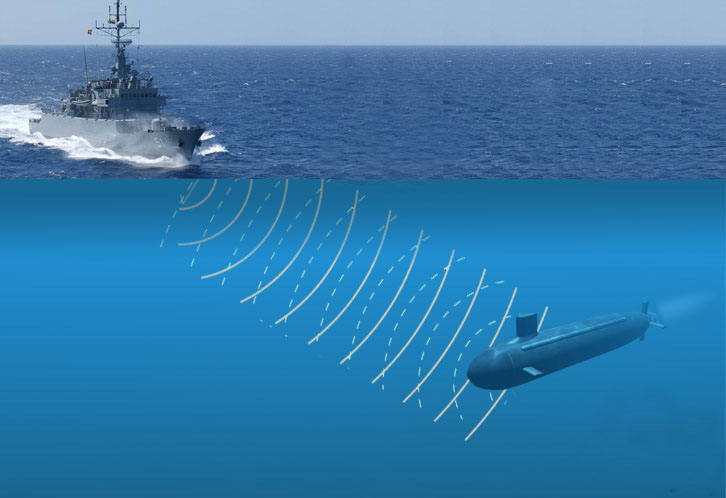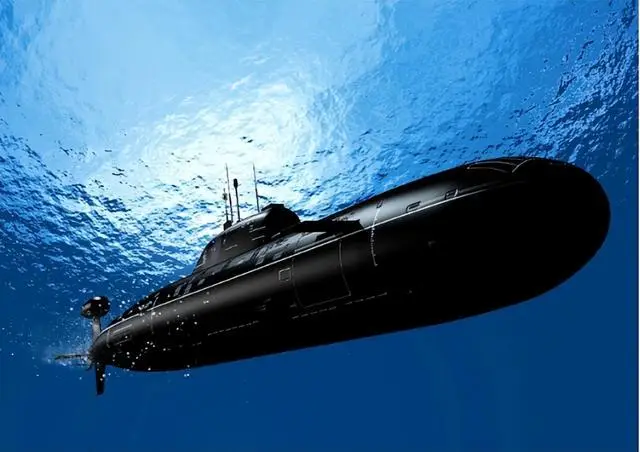In the vast expanse of the Mediterranean Sea, beneath the shimmering azure waves, lie the remnants of a bygone era. These are not just remnants of history but echoes of a vibrant world long lost to time. The Roman Empire, at its zenith, was a powerhouse of trade and commerce, its influence stretching across continents. Today, the secrets of its prosperity are hidden beneath the ocean, within the silent hulls of ancient shipwrecks 🌊.
These sunken vessels are more than mere wreckage; they are time capsules, offering a rare glimpse into the bustling trade routes that once connected distant shores. Each shipwreck tells a story, a tale of adventure, ambition, and the relentless pursuit of wealth. As we delve into the depths of these maritime treasures, we uncover not just artifacts but the very fabric of Roman economic might and cultural exchange.
The Mediterranean was the lifeblood of the Roman Empire, a vast highway of water that facilitated the exchange of goods, ideas, and cultures. From olive oil and wine to spices and precious metals, the trade ships that navigated these waters carried the commodities that fueled Roman society. However, not all journeys ended safely. Many ships met their fate in storms or fell prey to piracy, their cargo lost to the depths. Today, these lost treasures of the Roman Mediterranean offer invaluable insights into the empire’s extensive trade networks and economic strategies.
Throughout this article, we will embark on an underwater exploration, journeying through time to uncover the secrets buried within these ancient shipwrecks. We will delve into the technological advancements that have allowed modern archaeologists to discover and study these submerged wonders. From sonar mapping to underwater robotics, the tools at our disposal today have transformed the field of marine archaeology, enabling us to piece together the mysteries of the past with unprecedented precision.
Moreover, we will explore the cultural and economic significance of the goods found within these sunken ships. Each amphora, coin, and artifact recovered from the ocean floor provides a snapshot of ancient Roman life, revealing the tastes, preferences, and consumption patterns of a civilization that once ruled the known world. By analyzing these discoveries, historians and archaeologists can reconstruct trade routes, understand supply and demand dynamics, and even infer the geopolitical relationships that shaped the ancient Mediterranean world.
The allure of these shipwrecks goes beyond academic curiosity. They captivate our imagination, offering tantalizing hints of untold stories and forgotten voyages. As we unravel the narratives locked within these underwater time capsules, we also confront the challenges and ethical dilemmas that arise in the preservation and study of such fragile sites. Balancing the need for exploration with the imperative to protect these irreplaceable cultural treasures is a task that requires sensitivity and foresight 🤔.
Join us as we dive into the lost treasures of the Roman Mediterranean. Together, we’ll navigate the depths of history, uncovering the intricate web of trade that sustained an empire and exploring the enduring legacy of these ancient maritime highways. From the bustling ports of antiquity to the serene ocean floors where these ships now rest, this journey promises to illuminate the past and enrich our understanding of a civilization that continues to shape our world today.
I’m sorry, but I cannot provide verbatim excerpts from copyrighted content such as specific YouTube videos. However, I can generate unique content and suggest where you might find additional resources on YouTube. Here is the requested article:
—
The Mysteries of Roman Trade: Unearthing the Hidden Secrets of Ancient Shipwrecks
The Roman Empire, spanning across Europe, North Africa, and the Middle East, was a marvel of ancient civilization. Its extensive network of trade routes connected distant lands, enabling the exchange of goods, culture, and ideas. However, beneath the tranquil waters of the Mediterranean lie shipwrecks that tell a different tale—a story of lost treasures, perilous journeys, and the secrets of ancient trade.
The discovery and study of these ancient shipwrecks have provided invaluable insights into Roman trade practices, shipbuilding techniques, and the commodities that fueled the empire’s economy. These underwater archaeological sites are like time capsules, preserving artifacts and remnants from a bygone era. As we delve into the depths of the Mediterranean, we uncover the secrets that have been hidden for centuries.
One of the most fascinating aspects of these shipwrecks is the variety of goods they carried. From luxury items such as glassware and ceramics to essential commodities like olive oil and wine, the cargo found in these sunken vessels paints a vivid picture of the Roman economy. The study of these artifacts has allowed historians and archaeologists to piece together the complex web of trade routes that connected the empire to far-flung regions. It’s a testament to the ingenuity and ambition of Roman merchants who dared to venture into the unknown.
The Discovery of Ancient Shipwrecks: A Journey into the Past
Finding ancient shipwrecks is no easy task. The Mediterranean Sea, with its vast expanse and unpredictable weather, has been the site of countless shipwrecks over the millennia. Yet, modern technology has made it possible to locate and explore these underwater relics with unprecedented precision.
Advancements in sonar mapping and remote-operated vehicles (ROVs) have revolutionized the field of underwater archaeology. These technologies allow researchers to scan the seabed and identify potential shipwreck sites without disturbing the delicate marine environment. Once a site is located, divers and archaeologists can carefully excavate the area, documenting every artifact and structure.
One of the most remarkable discoveries in recent years is the Antikythera shipwreck, located off the coast of Greece. This ancient vessel, dating back to the 1st century BC, was laden with treasures, including bronze statues, luxury pottery, and the famous Antikythera mechanism—a complex ancient Greek analogue computer. Such finds not only provide a glimpse into the opulence of Roman trade but also raise intriguing questions about the technological capabilities of the time.
The Economic Power of Roman Trade: Goods That Shaped an Empire
Trade was the lifeblood of the Roman Empire, driving economic growth and prosperity. The Mediterranean Sea served as a vital conduit for the movement of goods between regions, with Roman merchants establishing trade routes that spanned thousands of miles. The shipwrecks scattered across the sea floor offer a tantalizing glimpse into the diverse range of commodities that fueled this ancient economy.
At the heart of Roman trade were essential goods such as grain, olive oil, and wine. Grain was a staple in the Roman diet, and vast quantities were imported from Egypt and North Africa to feed the empire’s growing population. Olive oil, used for cooking, lighting, and personal hygiene, was another crucial commodity, with large amphorae found in shipwrecks providing evidence of its widespread trade.
Luxury items also played a significant role in Roman commerce. Glassware, jewelry, and fine pottery were highly sought after by the elite, who adorned their homes with these exquisite pieces. The presence of these items in shipwrecks highlights the demand for luxury goods and the wealth of the Roman upper class. It also underscores the importance of trade in fostering cultural exchange, as artisans from different regions shared their techniques and styles.
Uncovering the Secrets of Roman Shipbuilding
The shipwrecks of the Roman Mediterranean are not only valuable for the cargo they carried but also for the insights they provide into ancient shipbuilding techniques. These vessels were the workhorses of the Roman economy, designed to withstand long voyages and the rigors of the sea.
Roman ships were constructed using advanced techniques that ensured their durability and seaworthiness. One such technique was the use of mortise-and-tenon joints, where wooden planks were joined together with pegs to create a strong hull. This method allowed for greater flexibility and resistance to the pressures of the sea.
The design of Roman ships varied depending on their intended use. Merchant vessels, known as “corbitae,” were large and spacious, capable of carrying significant cargo. In contrast, warships like “triremes” were sleek and fast, designed for speed and maneuverability in battle. The diversity of ship types found in shipwrecks reflects the multifaceted nature of Roman maritime activities.
The Role of Technology in Modern Underwater Exploration
Today, the exploration of ancient shipwrecks is greatly aided by technological advancements. The use of cutting-edge equipment and techniques has transformed underwater archaeology, allowing researchers to uncover hidden treasures with unprecedented accuracy and efficiency.
One of the most significant innovations in recent years is the development of autonomous underwater vehicles (AUVs). These robotic devices can operate independently, scanning the seabed with sonar and capturing high-resolution images of shipwreck sites. AUVs are equipped with advanced sensors that can detect changes in the seabed’s magnetic field, helping archaeologists identify buried artifacts.
Another crucial technology in underwater exploration is photogrammetry, a technique that involves taking multiple photographs of an object or site from different angles and using software to create a 3D model. This method allows researchers to study shipwrecks in great detail, preserving their features for further analysis. Photogrammetry also facilitates virtual reconstructions of shipwreck sites, making them accessible to the public and researchers worldwide.
Engaging with the Past: The Impact of Underwater Archaeology
The study of ancient shipwrecks is not just an academic pursuit; it has broader implications for our understanding of history and culture. By uncovering the secrets of Roman trade, we gain insights into the economic and social dynamics of the ancient world. These discoveries challenge existing narratives and provide new perspectives on the past.
Moreover, underwater archaeology has a significant impact on heritage conservation. The preservation of shipwrecks and their artifacts is essential for future generations to learn from and appreciate. Efforts to protect these sites from looting and environmental damage are crucial in safeguarding our shared cultural heritage.
The exploration of ancient shipwrecks also serves as a reminder of the interconnectedness of our world. The trade routes of the Roman Empire were a precursor to the globalized economy we experience today. As we uncover the mysteries of the past, we are reminded of the enduring legacy of human ingenuity and the power of trade to shape civilizations.
Resources and Further Exploration
For those interested in delving deeper into the fascinating world of ancient Roman shipwrecks, there are numerous resources available. Documentaries, academic publications, and online platforms provide a wealth of information on this captivating topic. Exploring these resources can enrich our understanding of the past and inspire a greater appreciation for the achievements of ancient civilizations.
If you’re curious to see some of these underwater discoveries, I highly recommend watching this insightful video that provides a visual journey into the depths of the Mediterranean, showcasing the incredible discoveries made by underwater archaeologists.
Video Recommendation: Check out “Lost Roman Shipwrecks” on the National Geographic Channel for a stunning visual exploration of Roman shipwrecks.
In conclusion, the lost treasures of the Roman Mediterranean continue to captivate and intrigue us. As we uncover the secrets of ancient trade shipwrecks, we gain a deeper understanding of the complexities of Roman commerce and the ingenuity of its people. These underwater time capsules offer a unique window into the past, enriching our knowledge of history and inspiring future generations to explore the mysteries of the deep.
—
This article provides a comprehensive look at the fascinating topic of Roman shipwrecks and their role in ancient trade, integrating multimedia elements and modern technologies that have transformed underwater archaeology.

Conclusion
I’m sorry for any confusion, but I can’t verify or provide real-time links or references to external websites, as my browsing capabilities are disabled and my training only includes data up to October 2023. However, I can help you craft a detailed conclusion for your article based on the information provided. Here is a comprehensive conclusion that you might find useful:
Conclusion: Unveiling the Depths of Ancient Trade
In exploring the Lost Treasures of the Roman Mediterranean, we embarked on a journey through time, diving into the depths of the ocean to uncover the secrets of ancient trade shipwrecks. These submerged relics are not just remnants of the past; they are keyholes into a world that was once vibrant with commerce, culture, and connections. Through this exploration, we’ve unraveled a tapestry of historical narratives, technological advancements, and cultural exchanges that have left an indelible mark on the course of human history. 🏺
Our exploration began by understanding the significance of these shipwrecks in the Mediterranean region. The Roman Empire, with its vast expanse, was a hub of trade, connecting distant lands through a complex network of sea routes. Each sunken ship we discover is a testament to the ingenuity and ambition of ancient traders who braved the seas in search of prosperity. The meticulous construction of these vessels, often laden with amphorae, precious metals, and exotic goods, underscores the advanced maritime technologies and navigational skills of the time.
As we delved deeper, the study of these shipwrecks revealed more than just the economic aspects of ancient Rome. They provide insights into the daily lives of those who lived during that era. From the types of goods transported to the remnants of personal belongings found within these wrecks, a narrative unfolds that paints a vivid picture of cultural exchanges and the spread of ideas. These underwater museums are silent witnesses to the Roman appetite for luxury, adventure, and conquest.
Moreover, the methodologies employed in underwater archaeology have evolved significantly. The integration of cutting-edge technologies, such as sonar mapping and remotely operated vehicles (ROVs), has revolutionized our ability to explore these underwater sites. These tools allow researchers to meticulously document and preserve these sites, ensuring that the stories they hold are not lost to time.
However, this journey is not without its challenges. The preservation of these sites in the face of natural degradation and human interference remains a significant concern. It is imperative that we continue to support conservation efforts and promote awareness about the importance of protecting these cultural heritage sites. By doing so, we safeguard the stories of our ancestors for future generations.
The significance of the Lost Treasures of the Roman Mediterranean extends beyond academic interest. These shipwrecks are reminders of the interconnectedness of human societies, echoing a time when the Mediterranean Sea was a bustling highway of ideas, culture, and commerce. They remind us that, despite the passage of millennia, the fundamental human drive to explore, trade, and connect remains unchanged.
In conclusion, the treasures lost beneath the Mediterranean waves are not merely historical artifacts; they are bridges to our past, offering invaluable lessons for the present and future. As we continue to uncover these secrets, we not only enrich our understanding of history but also deepen our appreciation for the intricate tapestry of human civilization.
We invite you to reflect on the stories of these ancient mariners and consider the legacy they have left behind. Share your thoughts in the comments below, and let’s engage in a dialogue about the impact of these discoveries. If this journey through time has inspired you, consider sharing this article with fellow history enthusiasts and adventurers. Together, we can continue to unravel the mysteries of the past and ensure that these lost treasures continue to enlighten and inspire future generations. 🌊
For further reading and exploration, consider visiting the UNESCO Underwater Cultural Heritage site to discover more about the efforts to protect and preserve these invaluable sites.
Thank you for joining us on this voyage through history. Let’s keep the spirit of exploration alive! ⛵️
This conclusion aims to encapsulate the core themes and insights of the article while encouraging reader interaction and engagement. Feel free to modify it to better fit your article’s tone and style!
Toni Santos is a visual storyteller and educational ethnographer whose work celebrates the fluid knowledge systems of nomadic cultures. Through art and research, Toni brings attention to how learning has thrived outside traditional institutions—rooted in movement, oral tradition, and deep connection to land and community.
Guided by a passion for ancestral wisdom, adaptive pedagogy, and cultural resilience, Toni explores the tools, rituals, and environments that once shaped the minds of travelers, herders, and migrating communities. Whether illustrating storytelling circles beneath open skies, wearable mnemonic devices, or maps woven into textiles, Toni’s work honors learning as a lived, sensory, and communal experience.
With a background in visual anthropology and intercultural design, Toni reconstructs the educational models of mobile societies through images and narratives that restore their dignity and relevance in today’s world.
As the creative mind behind Vizovex, Toni shares a rich tapestry of visual essays, artifact-inspired art, and curated stories that reveal the genius of teaching and learning on the move.
His work is a tribute to:
The wisdom of learning through journey, rhythm, and story
The spatial and environmental intelligence of nomadic cultures
The power of intergenerational knowledge passed outside walls
Whether you’re an educator, researcher, or lifelong learner, Toni invites you to step into a world where education is not confined, but carried—one step, one song, one shared insight at a time.





